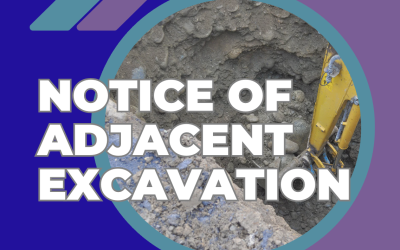Thank you for taking time to read this week’s informative blog. In this week’s property surveying blog, we will be discussing Party Wall Award which is also commonly referred to as a Party Wall Agreement.
Party Wall Agreement/Award Explained:
A Party Wall Award, also commonly referred to as a Party Wall Agreement, is the conclusive document agreed upon by the Surveyors appointment in accordance with Section 10 on behalf of building owners following the schedule of condition of the property that may be affected by the work and comprehensive review of all documents in relation to the construction work proposal.
At this stage, of the procedure, a building owners’ surveyor will draft the legal agreement which would be tailored to include all the necessary clauses in relation to the construction proposal.
An award may determine/include but is not limited to:
- The right to execute any works
- Time executing those works in relation to the Act
- The means of protecting the adjoining property
- Methodology of those works – method statement
- Type of tools to be used during the construction works
- It should also include contain a record of the condition of the adjoining property in the form of a Schedule of Condition Report before the work begins. As previously discussed, this is desirable as it can assist in identifying and attributing any damage to adjoining properties for instance.
If it happens that the procedure includes two surveyors as a result of the adjoining owner(s) dissenting and appointing their own surveyor, this draft Agreement will be then sent over to the adjoining surveyor as the formalities of the Act require the surveyor appointed on behalf of the adjoining owner(s) to review and comment upon the circulating and travelling document, with any suggestions or additions they would like to include.
During this point in time, there are usually some back fourth discussions between both surveyors which commonly include requests and amendments with respect to the Award and overall proposal ultimately leading to agreement on the Party Wall Award.
Once the Party Wall Award has been agreed upon, all the relevant documentation will be combined and served upon all owners with all legal protections being in place, the building owner(s) can then proceed with the planned works.
In accordance with Section 10(17) of the Party Wall etc Act 1996, all owners have a legal right to appeal the Party Wall Award within 14 days of its date if for any reason they feel the award isn’t sufficient in its form.
Here at Stokemont, we take great pride in assisting our clients and owners and ensuring that they are fully informed.
If you are either a building owner planning works or an adjoining owner whose neighbour is planning works and would like to discuss party wall surveying procedures with our team of surveyors, give us a call today. We will be more than happy to assist and advise.




